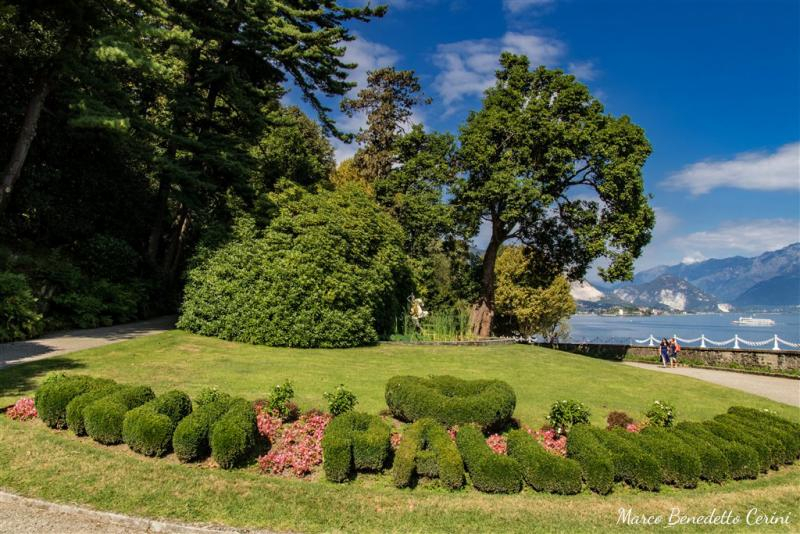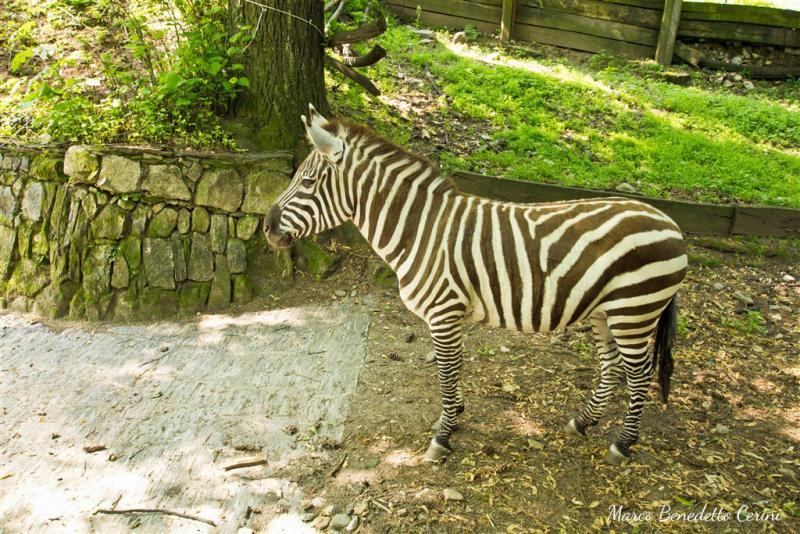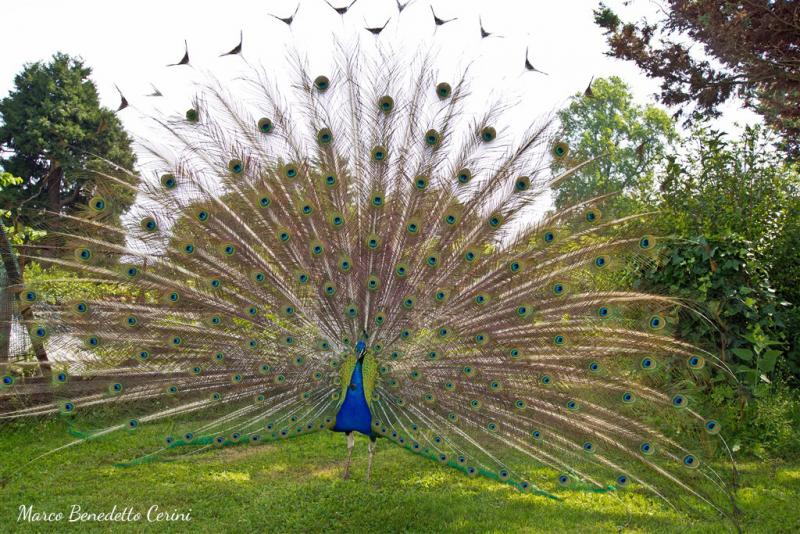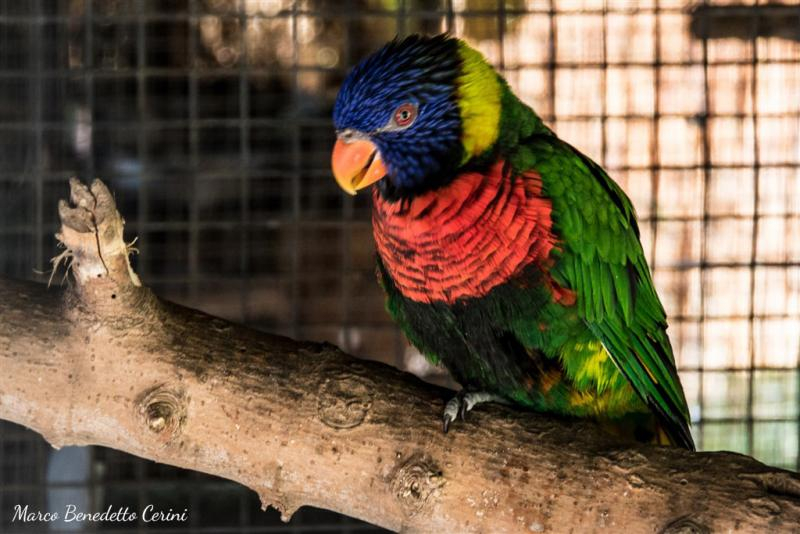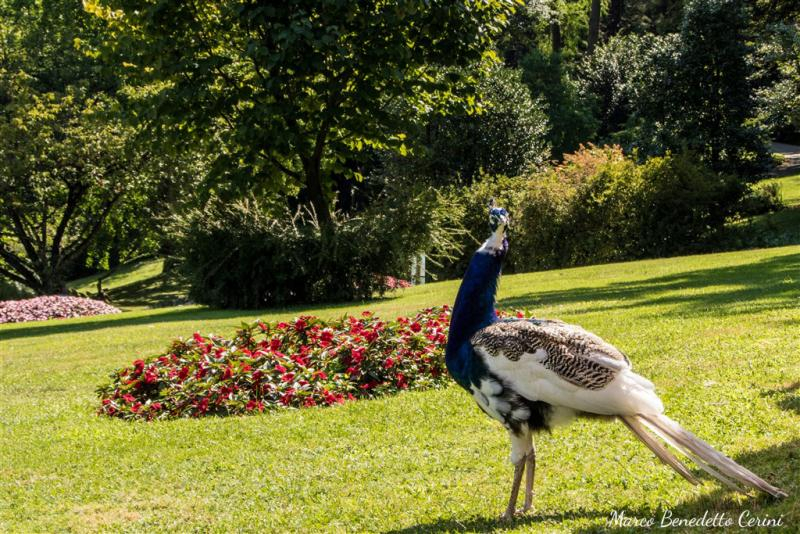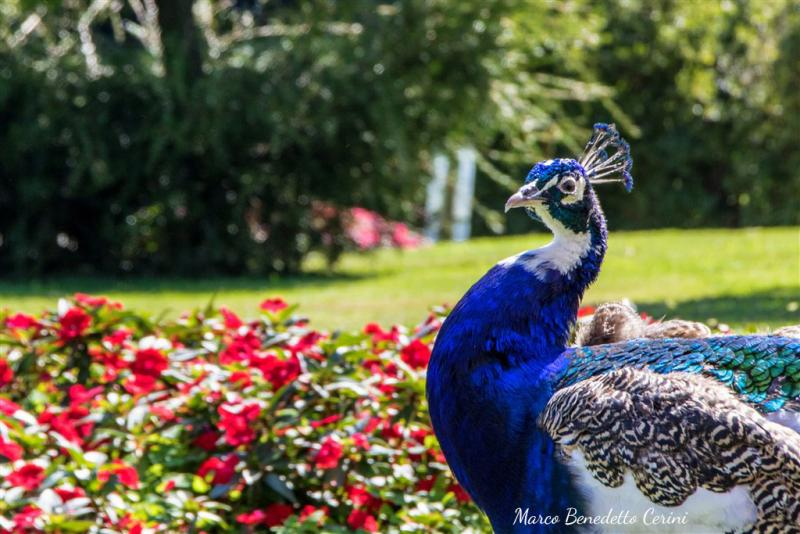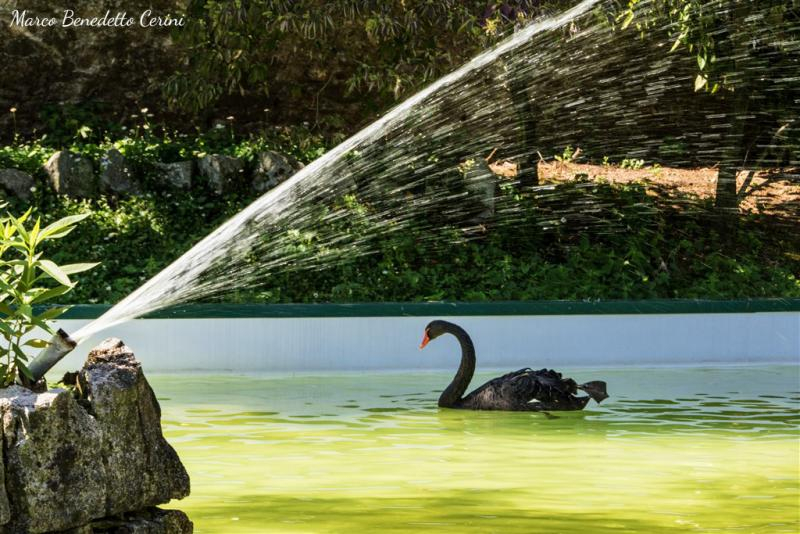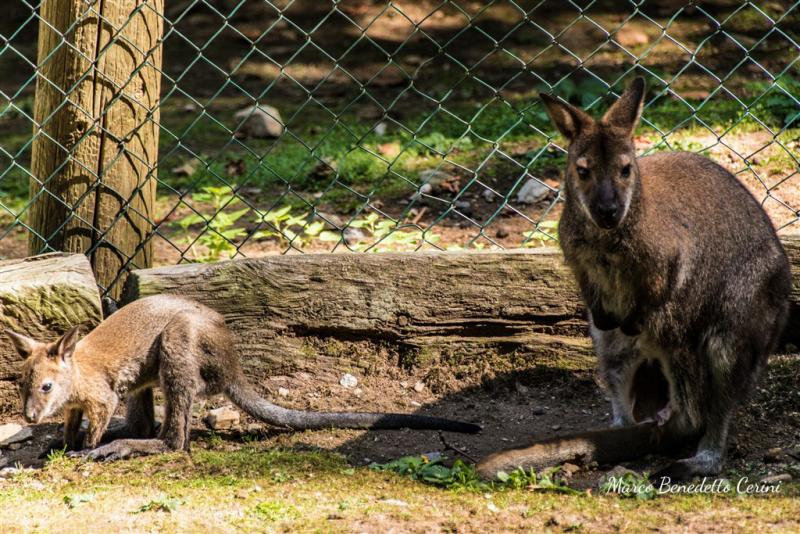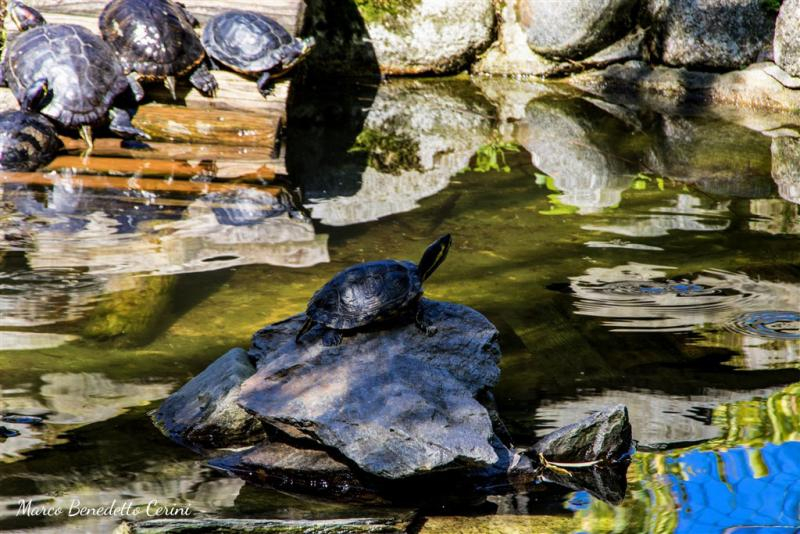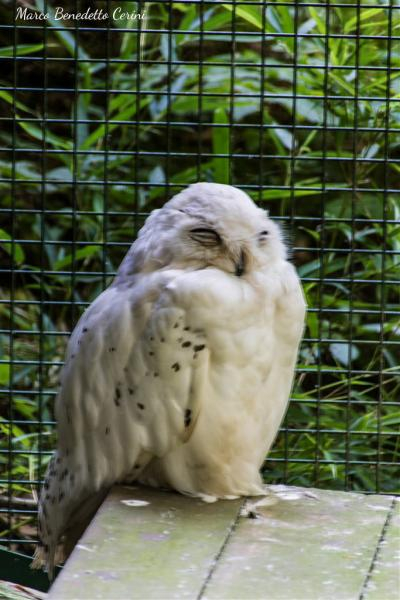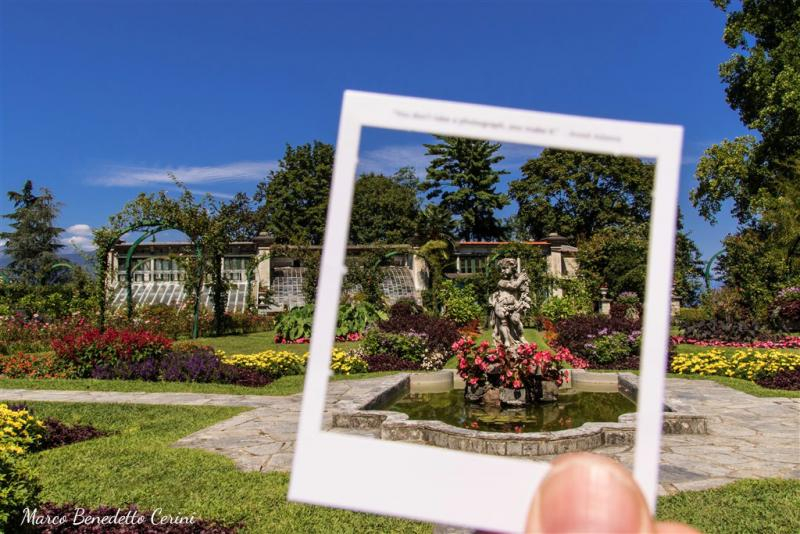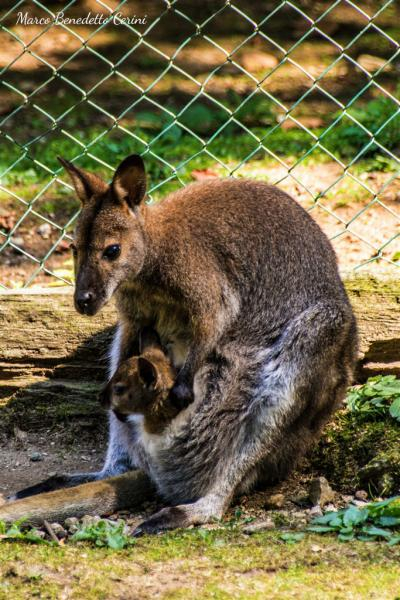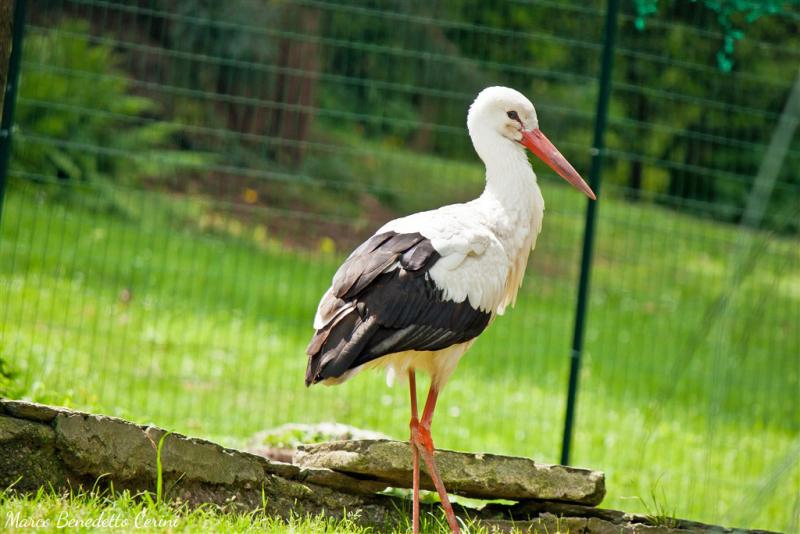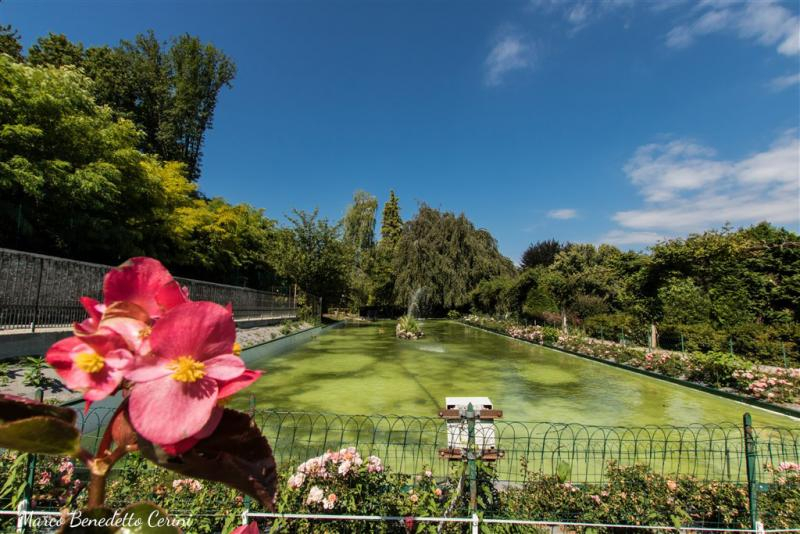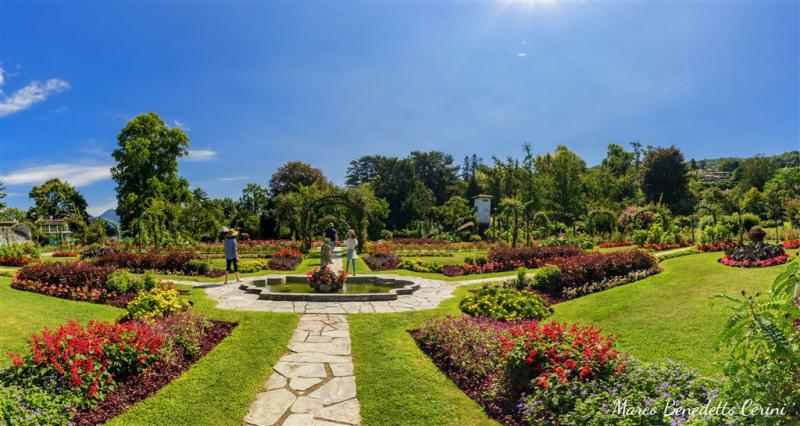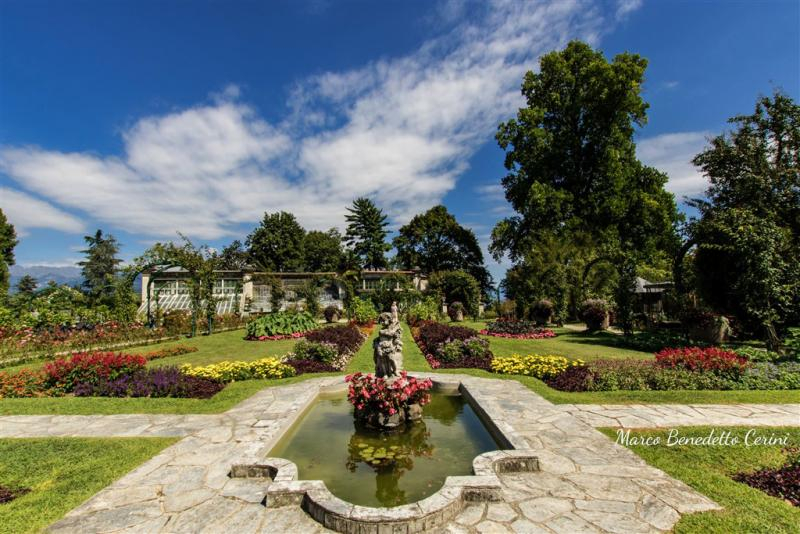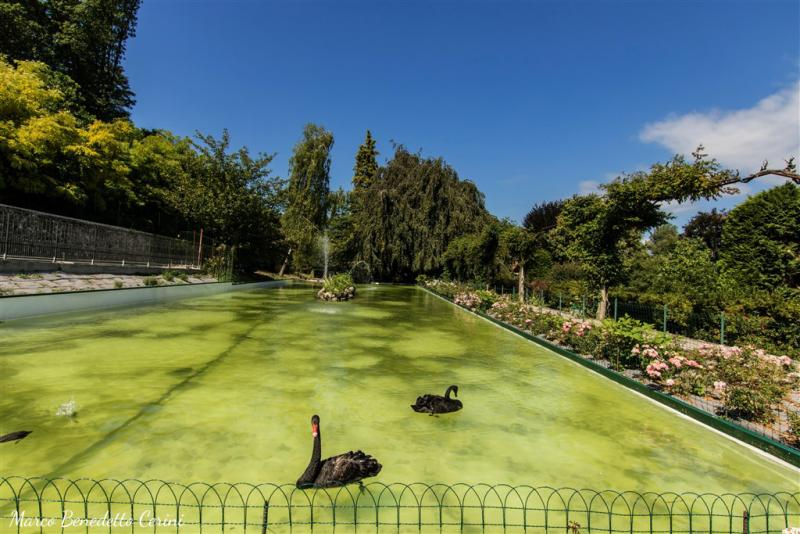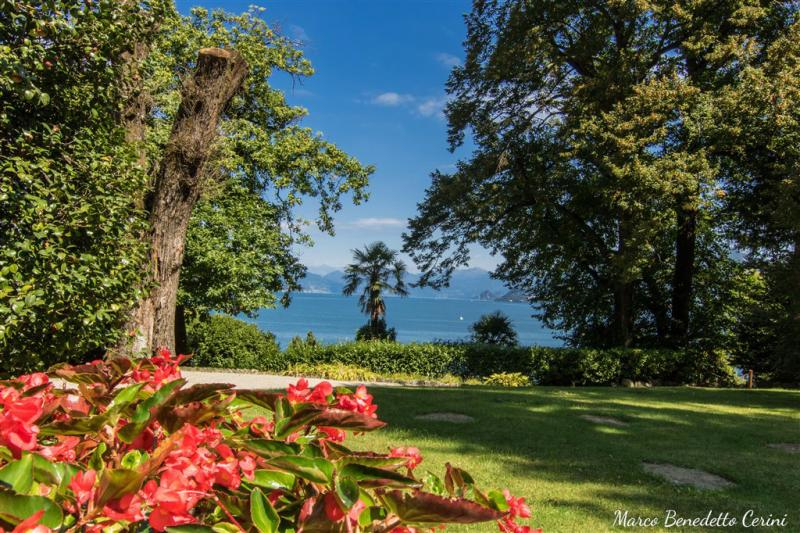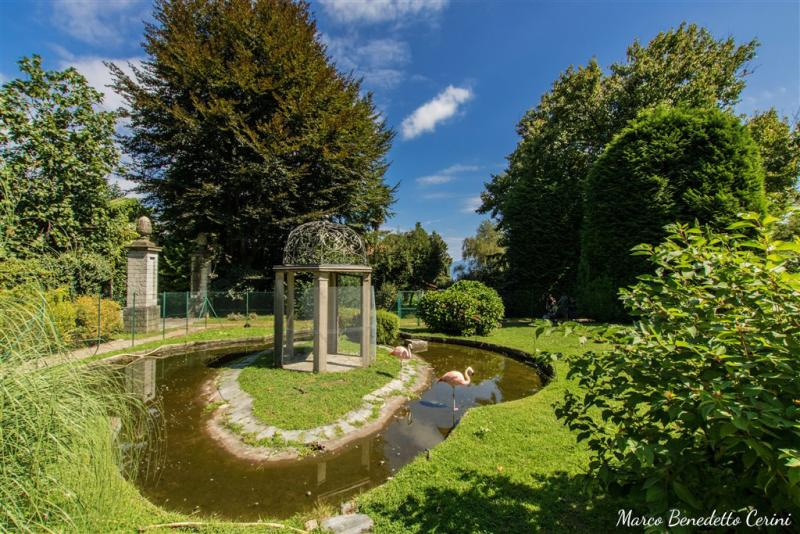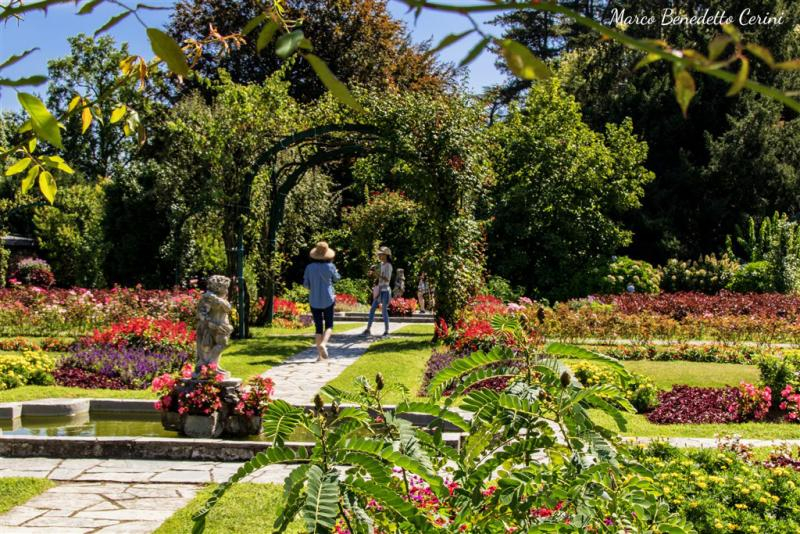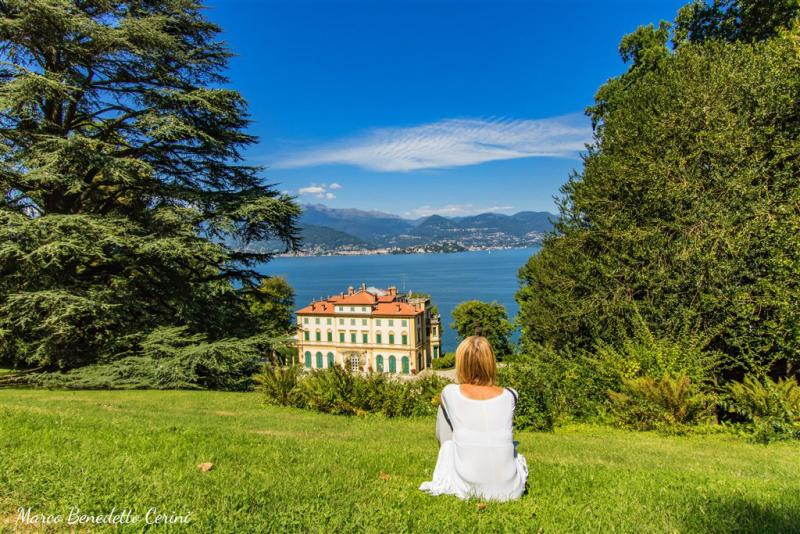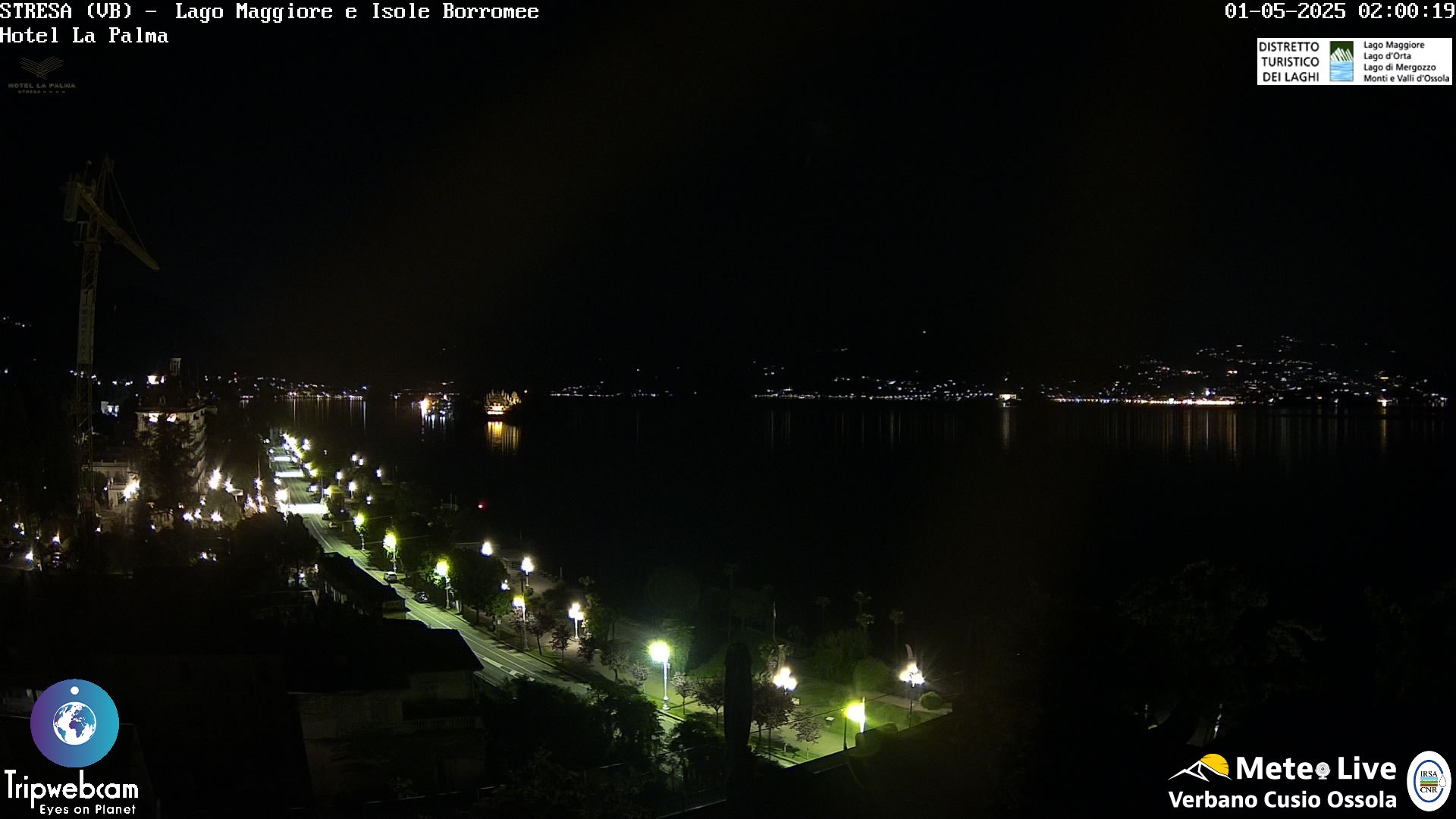Parco Pallavicino
Villa Pallavicino became a private residence in 1855, when the area was purchased by Ruggero Bonghi, statesman and man of letters.
There followed the transfer of ownership to the Duke of Vallombrosa and in 1862 the purchase by the noble Genoese Pallavicino family, who enlarged the estate, built roads for vehicles, decorated the park with statues, transforming it from a simple dwelling into the splendid nineteenth-century neoclassical-style villa that still stands on the hill today. But it was Marquise Luisa who completed the work, in 1952, welcoming animals here from every corner of the world to build an exceptional zoo.
In 1956 the Pallavicinos decided to transform their marvellous garden into a wildlife museum that was open to the public.
Since 2017 the Parco Pallavicino has been part of the circuit of the Terre Borromeo.
The 18 hectares of park extend along the lakefront of Stresa in the direction of Belgirate where the botanical soul and the fauna live in harmony. The Borromeo management began in 2017, the year in which a series of recovery and improvement interventions were launched in the areas dedicated to the animals as well as the tree-lined avenues. More than 50 species of mammals and birds are hosted here, and over time some wild specimens rescued by the forest ranger have also found a home in the Park and would not survive if released back into the wild.
The flora specialists work to enhance the rich botanical heritage that the unique climatic conditions of Lake Maggiore offer. The Flower Garden is an example of the inspiration and commitment that gardeners put into the care of the greenery every day. Villa Pallavicino was born as a private residence in 1855, when the area was acquired by Ruggero Bonghi, statesman and man of letters. This was followed by the passage to the Duke of Vallombrosa and in 1862 the acquisition by the noble Genoese Pallavicino family who expanded the estate, transforming it into a nineteenth-century neoclassical villa. In 1956 the Pallavicinos decided to transform their wonderful garden into a wildlife museum open to the public.
The fauna
The Parco Pallavicino is famous above all for the over 50 species living here. Many of the animals were already here when the management of the park was taken over by the Borromeos in 2017, such as the zebras, kangaroos, coatis, sarus cranes and flamingos.
Some were added later – the Orobica goats, “Bellavista” mule, alpacas, donkeys, ferrets and Polverara chickens – and others were recovered by veterinarian Uberto Calligarich, who, as well as being responsible for the fauna of the Parco Pallavicino, is also the representative of the Province of Verbano-Cusio-Ossola for the safeguarding of wild animals. Now famous, also thanks to the television programmes attracted by this park, is Fanta the fox, abandoned on the day of its birth by its mother, perhaps after being disturbed by a hunter.
Pallavicino in fact welcomes animals that could no longer survive in their natural habitat, either because they were born in captivity or because abandonment or an incident has caused them permanent traumas.
Then there is the space devised to enable visitors to experience unique direct contact with animals: the Farm.
Here Tibetan and Saltasasso goats, sheep, llamas, alpacas and fallow deer roam free and are happy to be petted by visitors, particularly children. The administrators were keen to create this area to make a genuine, playful but also educational meeting possible, with respect and trust between humans and animals.
The Flower Garden
It is unmissable, with its rose garden with a thousand colours and flower beds with ever new blooming specimens throughout the summer.
The Giardino dei fiori (Flower Garden) is a colourful corner that has undergone numerous interventions over the decades, and that continually changes and is transformed thanks to the work of the team of gardeners.
The layout of the garden you see today is from the 1950s, although the original design of the parterre of flowerbeds, fountains and greenhouses dates back to the late 19th century.
The rose garden, which blossoms in all its beauty in the month of May and offers visitors a range of colours and perfumes, is from the mid-20th century. The arcades of jasmine and wisteria that weave around the garden are typical of the garden architecture of the 1950s.
Flowering
In April tulips and violets are the protagonists of the garden, making way in May for the roses to burst into bloom. From June to September, hibiscus, begonias, taros with green and red leaves, brugmansias, sages, dahlias, cleomes and zinnias are just some of the flowers that take turns in blooming, inviting visitors to return again and again to admire them all.
The flora
The great wonder of this park is its trees: centuries-old chestnuts and giant liriodendrons – among the oldest in Italy -, red beeches, maples, larches, ginkgo bilobas, redwoods and magnolias. Along the sides of the avenues, camellias, hydrangeas and rhododendrons colour the panoramas of the park.
But the botanical star of the Parco Pallavicino is the great Lebanon cedar, which dominates Lago Maggiore from the natural amphitheatre opposite the private villa that is not accessible to the public.
Entrance fee.
